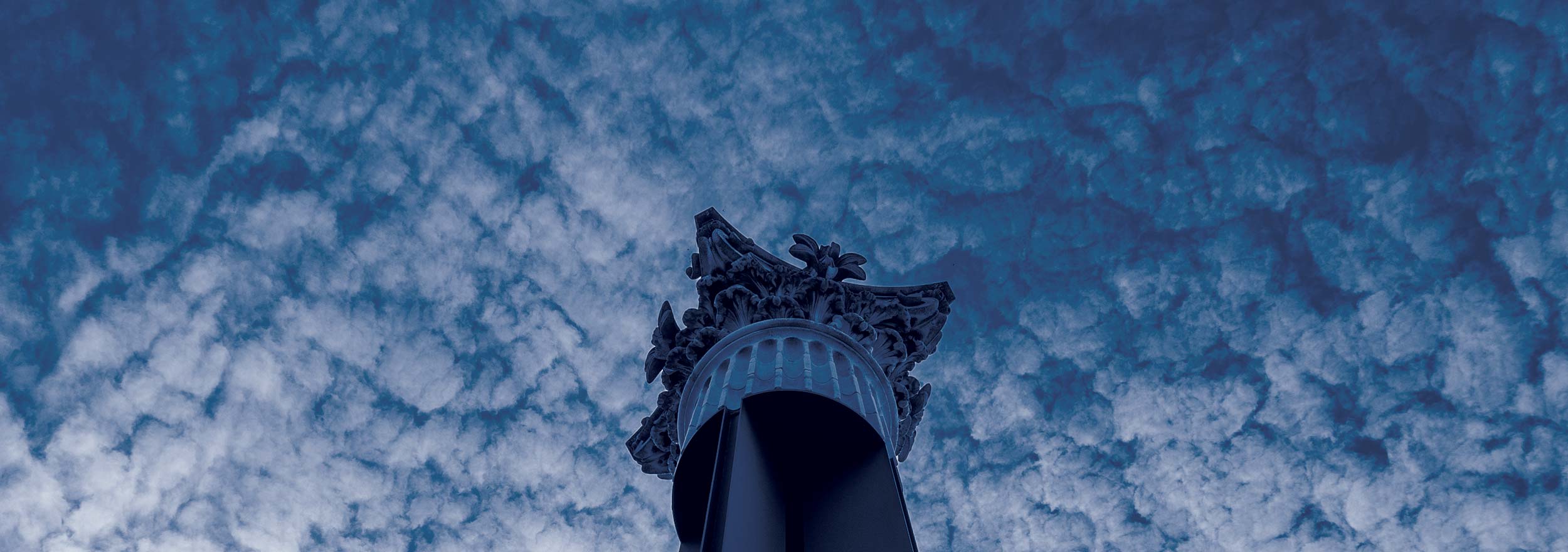Taubman College faculty awarded research and design (R+D) awards from Architect Magazine two years in a row
Taubman College architecture faculty, Professor Craig Borum and Assistant Professor Vivian Lee, were awarded research and design awards, Fifth Annual R+D Awards, from Architect Magazine. This is the second consecutive year Taubman College faculty received R+D Awards. The projects, Storm Glass, created by Borum with collaboration from Julie Simpson, M.Arch.’10, and Hair, Spikes, Cattail, and Turkeyfoot, created by Lee, were initiated in fall 2010 with seed money from Taubman College’s Research Through Making program.
The awards recognize the importance of research and development as defining principles in architecture, as “savvy clients expect buildings to be ever-smarter and more efficient, and architects are continually pushing materials beyond their known limits to reimagine the very nature of shelter.”
About the winning projects:
Storm Glass Architecture’s artificial weather is by and large invisible, yet can still be explored spatially. Similarly, glass is commonly deployed in the architectural assemblage as the absence of material – it is the void against the solid in the architectural mask of building enclosure. However, this work attempts to strike a balance between the material affect with the environmental interactions it simultaneously mediates and indexes. It aims to leverage one invisible condition against the other to elicit physical material properties that register and effect spatial visibilities.
Storm Glass, a nineteenth century weather-predicting instrument, is a sealed glass container with a mixture of distilled water and chemicals, which predicts weather with various precipitant formations within the glass. Invented by Admiral Robert FitzRoy and used on Darwin’s voyage on the HMS Beagle, these glasses create different crystalline forms that range from general transparency to small flakes to spiraling threads from top to bottom, all of which correspond to variations in local weather conditions. The storm glass operates as a perpetual index of conditions that include fog, thunderstorms, snow, frost, wind, and clear skies. In addition to being an index of the weather, each unique crystalline form has different levels of transparency, ranging from clear in clear conditions to mostly opaque in stormy conditions. The project attempts to forgo the architect’s obsessive desire for pure transparency. Glass is used to produce spatial effects based on modulating the magnitude and type of opacity.
Hair, Spikes, Cattail, and TurkeyfootHair, Spikes, Cattail, and Turkeyfoot seeks to engage the oral tradition of thatch by devising new conventions of representation in the design and construction of a pavilion. With the use of digital technology, this project simultaneously investigates the design and fabrication of strategic components that would bundle and organize soft organic matter into structure while devising a method of representation that redefines the construction set based on a sequence of operations rather than an illustration of finished assemblies. The result of these processes is a structure that looks forward in its use of digital fabrication but that does not lose sight of the notion of assembly; the final product does not come fully formed off the bed of the water jet cutter, it must be worked and processed to conform to the contingencies of the organic material.
To learn more about the R+D Award , visit: http://mydigimag.rrd.com/publication/?i=78011.
For more about last year’s Taubman College faculty winners, click here.




